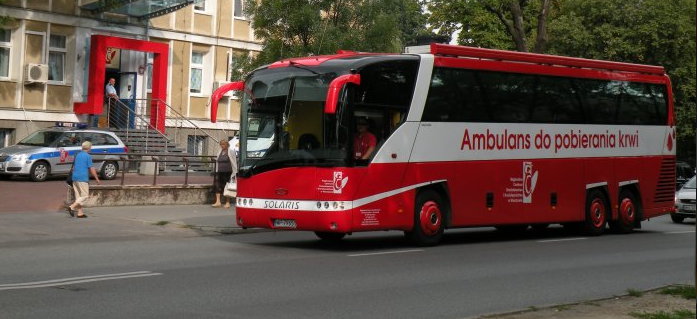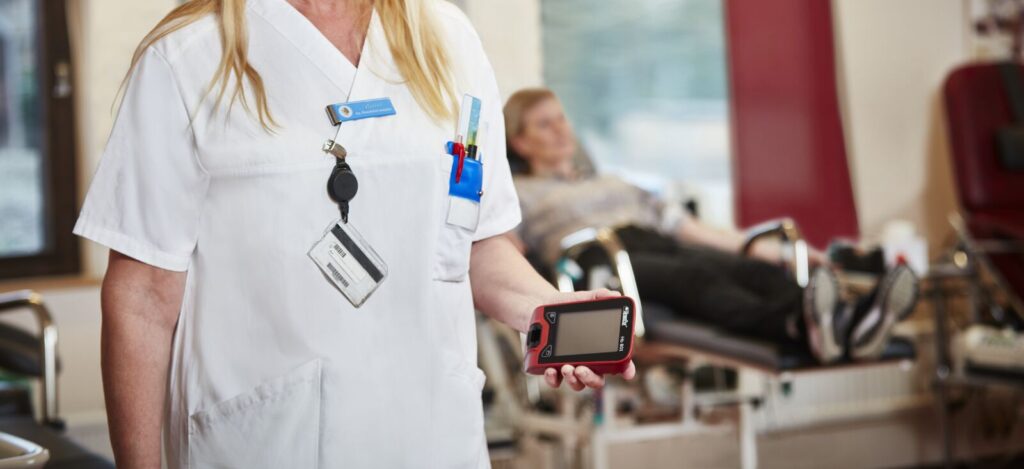Queen Silvia’s Hospital for Children, a part of the Sahlgrenska University Hospital, provides healthcare, education, and research. This is where seriously ill or injured children from the region of Västra Götaland come for emergency care. It also offers highly specialized care for children from all over Sweden. The hospital has the largest emergency unit for children with nearly 50,000 patients each year.
Why did the hospital choose the HemoCue® WBC DIFF System?
Queen Silvia’s Hospital for Children was one of the first hospitals in Sweden to evaluate the HemoCue® WBC DIFF System when it was launched in 2010. Already using the HemoCue® WBC System, the hospital had asked for a system with a differential count of the total number white blood cells.
Younis Khalid, MD and Head of Section at the emergency room for children has worked in various positions within emergency care since 2007. He remembers that when starting to use the HemoCue® WBC DIFF System, the staff experienced difficulties at first but quickly began to see the benefits of having the system in place.











